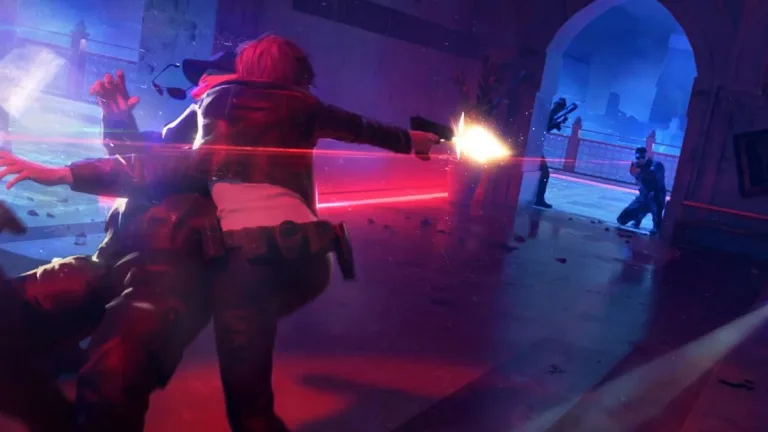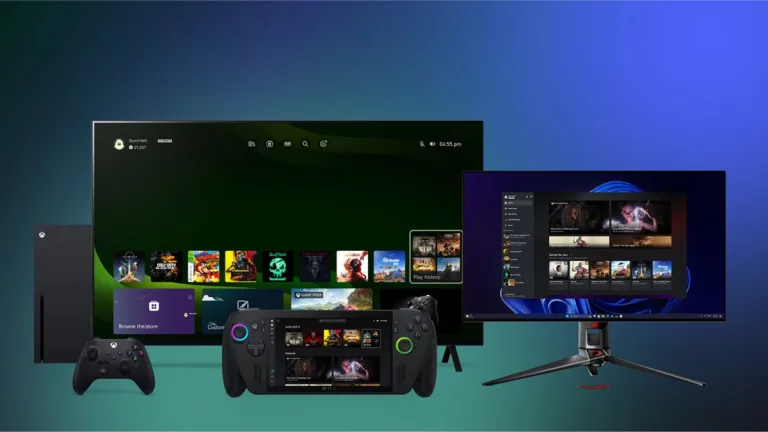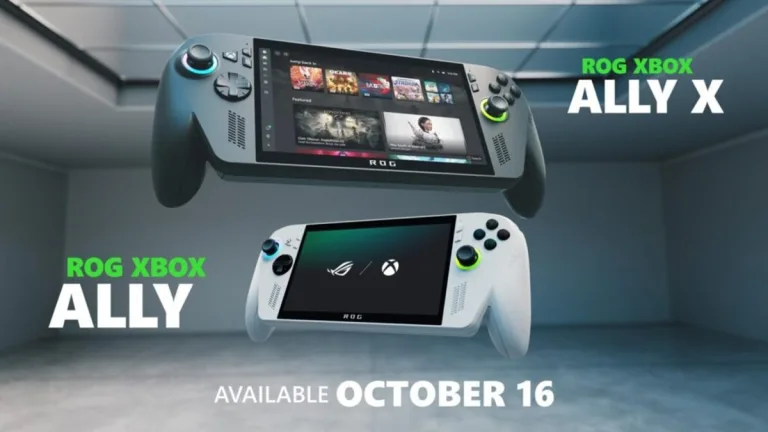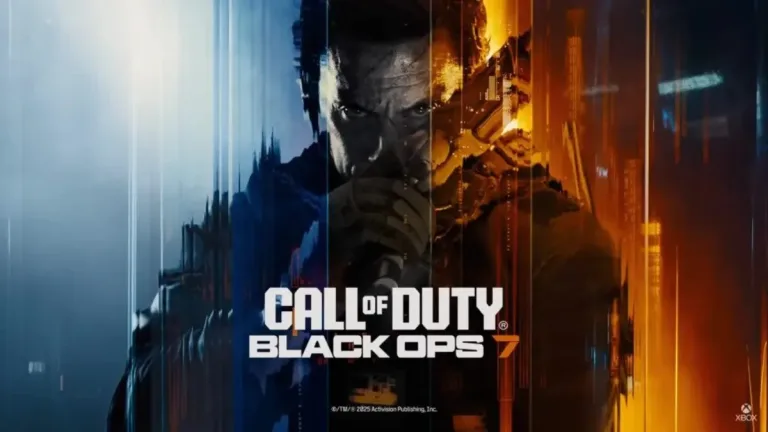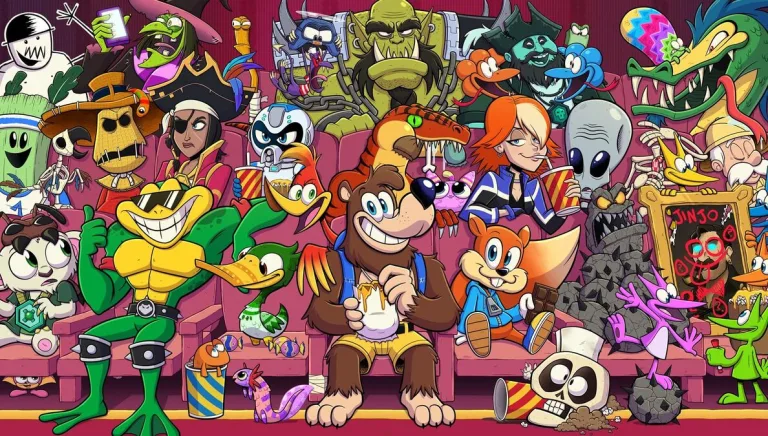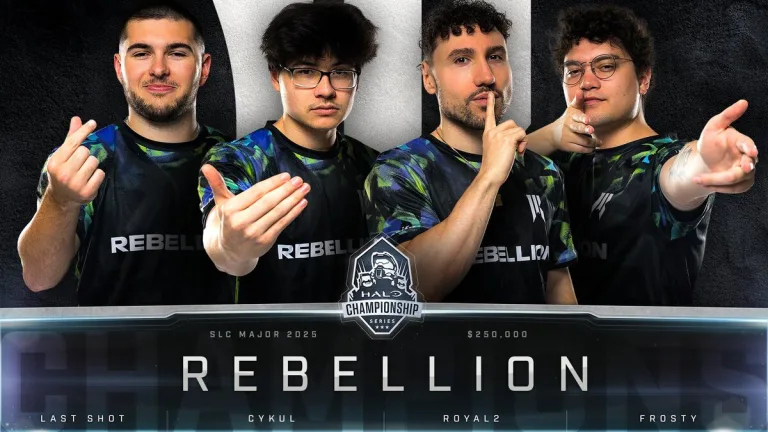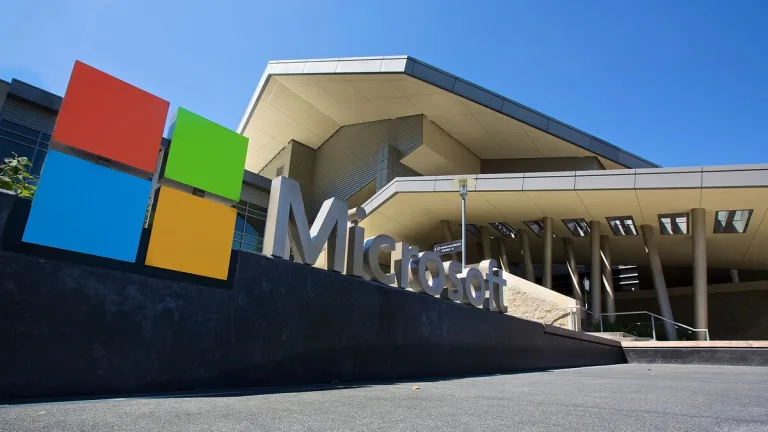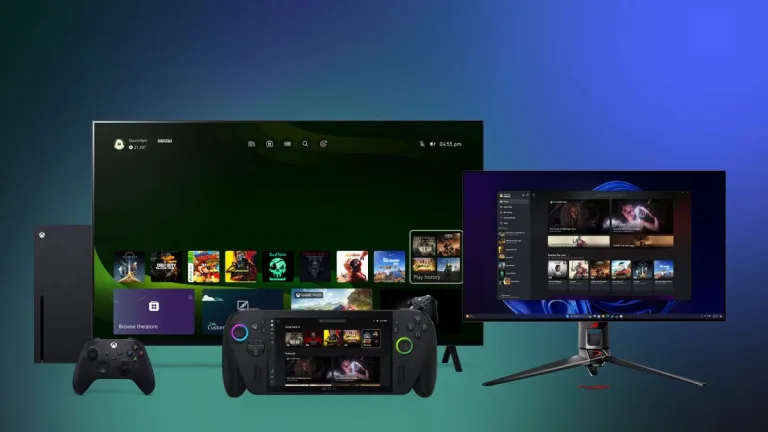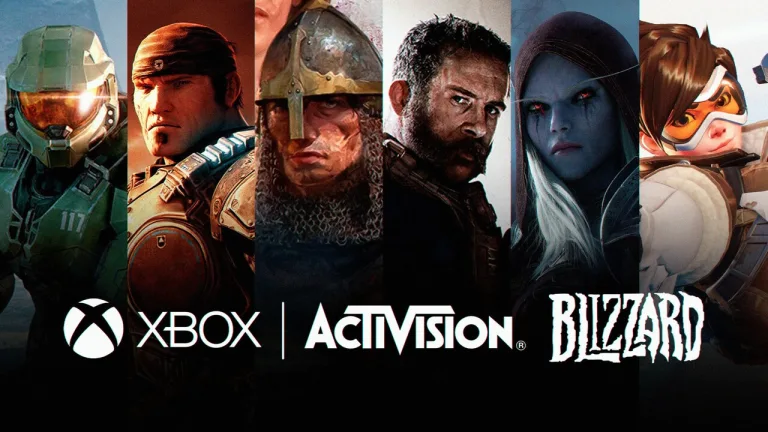When Xbox announced the return of Perfect Dark in 2020, it wasn’t just another franchise revival —...
Xbox
Microsoft’s August Xbox update isn’t just a list of patch notes — it’s a statement about where...
When Xbox and ASUS jointly announced that the ROG Xbox Ally and ROG Xbox Ally X will...
When it comes to Call of Duty, every pre-launch detail — from price tags to map counts...
In a year already marked by industry upheaval, Microsoft and Avalanche Studios have quietly shelved Contraband, the...
Forty years ago, in the quiet town of Ashby-de-la-Zouch, two British brothers—Tim and Chris Stamper—planted the seeds...
The Halo Championship Series (HCS) Salt Lake City Major 2025, held from August 1–3 at the Salt...
Microsoft just dropped its latest quarterly earnings report, and the message is resounding: the tech giant is...
Microsoft’s latest update for Xbox Insiders marks a pivotal moment in the brand’s ongoing mission to unify...
In a move that’s sending shockwaves through the gaming industry, King—the studio behind Candy Crush Saga—has laid...


